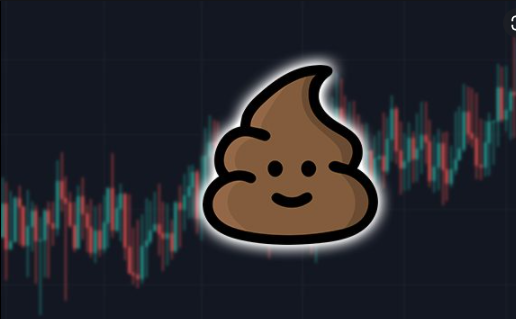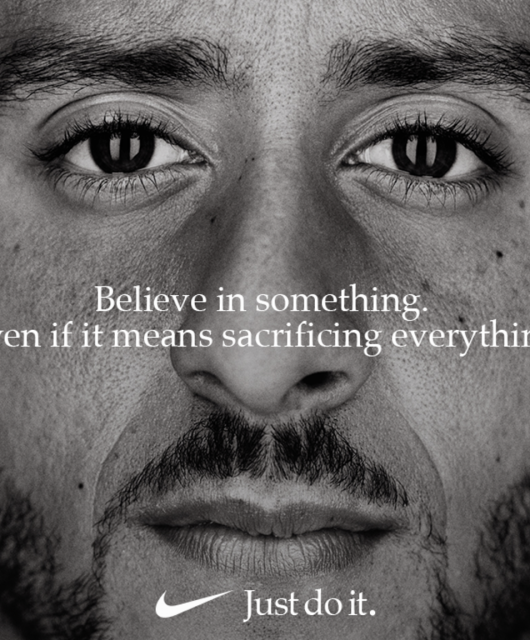Seizing COVID-19
“Never let a good crisis go to waste,” a statement widely attributed to Winston Churchill, precludes the fact that there could ever be good intentions treating a crisis as an opportunity. It carries a rather opportunistic air, particularly for our industry where crisis management oftentimes comes with a hefty bill and where teams are trigger-happy to launch new hashtags, COVID-commercials, video series, press releases and virtual experiences. I would much rather seize the opportunity to become more astute and useful about our recommendations to our clients.
Much has been said about this crisis already, but there is something to be said about what makes this crisis so unique. We are in the middle of a great pandemic that happens once or twice a century, spurring an unusual economic meltdown that stems from outside of the financial system. With our physical mobility stifled, virtually no aspect of our clients’ organizations has been left unaffected. Our clients’ liquidity reserves are affected. Sales and revenues are being affected. Relations with suppliers, contractors, customers and employees are affected. Supply chains and operational workflows are affected.
Our clients’ brands and organizations today have in fact been gravely tested and those who will come out on top will be the ones to have been the most prepared strategically, operationally and personally. If we put on a Darwinist hat for a moment, the organizations with the greatest ability to align their resources to this new scenario will come out on top. The ones with the robust workflows meant to absorb disturbances of various scale will come out on top. And most importantly, the ones whose leaders and employees are best prepared to withstand an extremely difficult circumstance will come out on top.
Not all clients have their ducks in order, however, which poses an opportunity for as an industry to look beyond the hourly billings and rise up to the occasion to help them. This is a time when it is incumbent upon us to help our clients gauge where they are most resilient and where they are not, and help them re-look at the strategic resources (tangible and intangible) that they have in place: their digital capabilities, internal communications systems, their brand purpose and their mission – the latter being especially valuable during a crisis. The market is noisy, so it is not enough to show what we can produce in terms of deliverables but about how we rise up to the occasion and consult them as though their companies were our own – with the same vested interest, rigor and goodwill we would employ if we witness someone we love, struggle.
Most importantly, this is a time for us as an industry to not merely come up with proactive campaigns that gloss over the facts. Their organizations face an imminent threat: employees and customers are feeling uncertain and they are growing more austere – they are in survival mode. Our work for our clients, needs to align to their preoccupations, drive loyalty between our clients and their stakeholders and authentically cultivate their internal culture.
There is a silver lining, however. Despite the bleak times staring us in the face right now, we can emerge from conversations that are reactive to ones that think in terms of the future – the upturn – which will inevitably happen as with all crises because this too shall pass. Let’s reach out to our clients and ask them “what will your organizational brand look like post-COVID19? What are the practices, channel choices, communications strategies that can be born under constrained circumstances but that can live well into the future? How can we help you emerge out of this crisis leaner and more effective communicators?”
Whilst challenging times are moments to mourn the loss of traditional ideas, they are also invitations to turn the page and think more creatively, more effectively and more rigorously than we have ever before.





